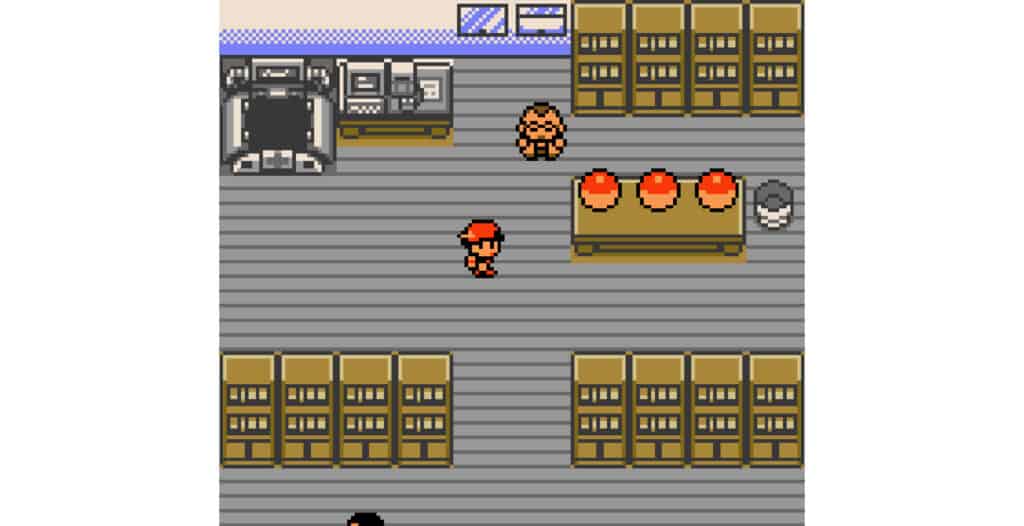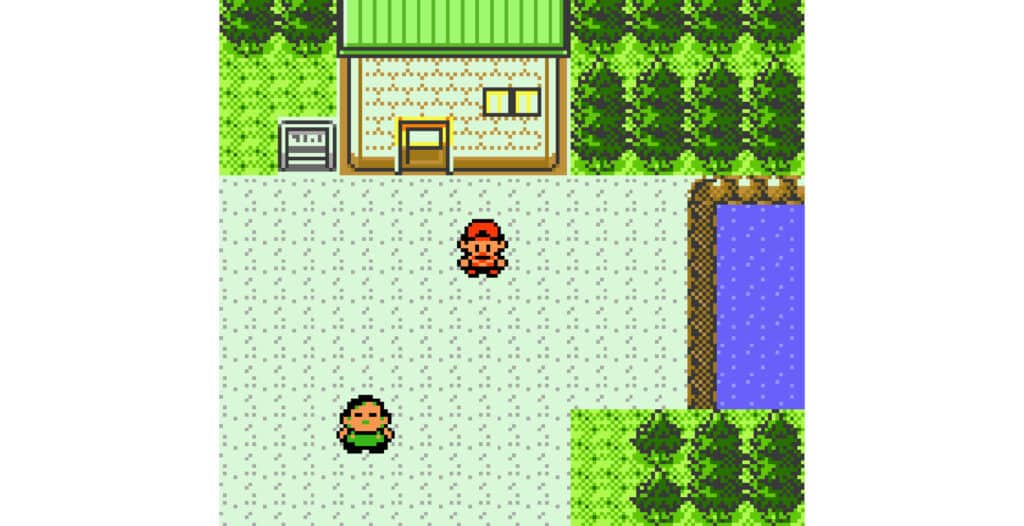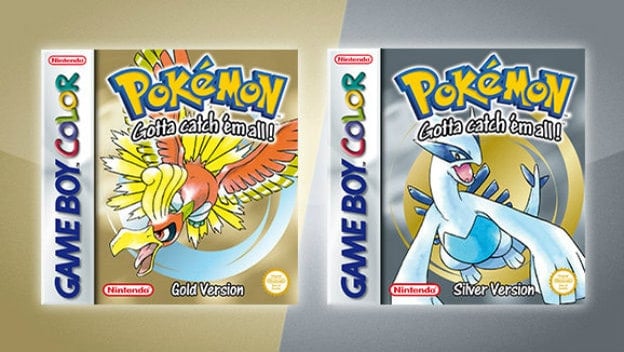In 2000, North American Pokémon fans received a double dose of excitement with the side-by-side release of Pokémon Gold and Pokémon Silver for the Game Boy Color. These two games, first released in Japan in 1999 before their Western debut, are hailed as classics in the franchise. Like their predecessors, Pokémon Red and Blue, both versions share a lot in common but also feature some unique elements that set them apart. In this article, we’ll explore the similarities and differences between Pokémon Gold and Silver, with a focus on their version-exclusive Pokémon.
Pokémon Gold vs Pokémon Silver: Similarities

©Screenshot from Pokemon Gold.
The Johto Region
Pokémon Gold and Silver are set in the Johto region, offering players a rich and vibrant environment to explore. From the picturesque Cherrygrove City to the bustling Goldenrod City, both versions share the same towns, cities, and routes. Johto’s design and cultural aesthetic are based on Japan’s real-life Kansai region. In the Gold and Silver post-game, players can also revisit the Kanto region from Pokémon Red and Blue.
Gameplay Mechanics and Story
The core gameplay mechanics remain consistent between the two versions. Players collect and train Pokémon, battle gym leaders, thwart the nefarious Team Rocket, and ultimately challenge the Pokémon League to become the new champion.
Legendary Pokémon
Both Gold and Silver feature the Legendary Beasts Raikou, Entei, and Suicune, as well as the game mascots Lugia and Ho-Oh. However, the encounters with Lugia and Ho-Oh are slightly different between versions – more on that later.
Day & Night Cycle
One of the innovative features introduced in these games was the day-night cycle, adding a layer of realism to the Pokémon world. Gold and Silver share this feature, affecting the availability of certain Pokémon and the overall gameplay experience.
Friendship
These Generation II games also broadened the friendship mechanic introduced in Pokémon Yellow. In that game, trainers could bond with their Pikachu. In Gold and Silver, friendship was expanded to all Pokémon. Leveling up your friendship with a Pokémon enables certain events, such as special evolutions, to occur.
Link Cable Trading
Both games support Link Cable trading to encourage social interaction, allowing players to swap Pokémon, exchange items, and engage in battles with friends. Trading is also necessary to trigger the evolution of certain Pokémon.
Pokémon Gold vs Pokémon Silver: Differences

©Screenshot from Pokemon Gold.
Exclusive Pokémon
Each game has its own set of exclusive Pokémon, encouraging players to trade with one another to complete their Pokedex. Here are the game-specific Pokémon unique to each version:
| Exclusive to Pokémon Gold | Exclusive to Pokémon Silver |
| Mankey | Vulpix |
| Primeape | Ninetales |
| Growlithe | Meowth |
| Arcanine | Persian |
| Spinarak | Ledyba |
| Ariados | Ledian |
| Gligar | Delibird |
| Teddiursa | Skarmory |
| Ursaring | Phanpy |
| Mantine | Donphan |
Legendary Pokémon
Pokémon Gold and Silver feature their own Legendary mascot on the box art for each game. Trainers can capture both of these Legendary flying Pokémon in either version. But as we mentioned above, the encounters differ depending on which game you’re playing.
In Pokémon Gold, the game’s mascot is Ho-Oh, a Fire/Flying-type Legendary. Players will find Ho-Oh perched atop the Bell Tower northeast of Ecruteak City. Ho-Oh is level 40 in Gold and level 70 in Silver. Pokémon Silver’s mascot, Lugia, is a Psychic-Flying-type Legendary located in the Whirl Islands. Lugia’s level difference between versions is the opposite of that of Ho-Oh: In Silver, Lugia is level 40, while in Gold, it’s level 70.
Pokémon Gold and Silver, released in the same year, offer two distinct but equally captivating journeys through the Johto region. The choice between the two generally comes down to personal preferences, particularly the Pokémon exclusive to each game. Regardless of the version chosen, both games provide a nostalgic experience for Pokémon trainers and remain iconic entries in the series.
